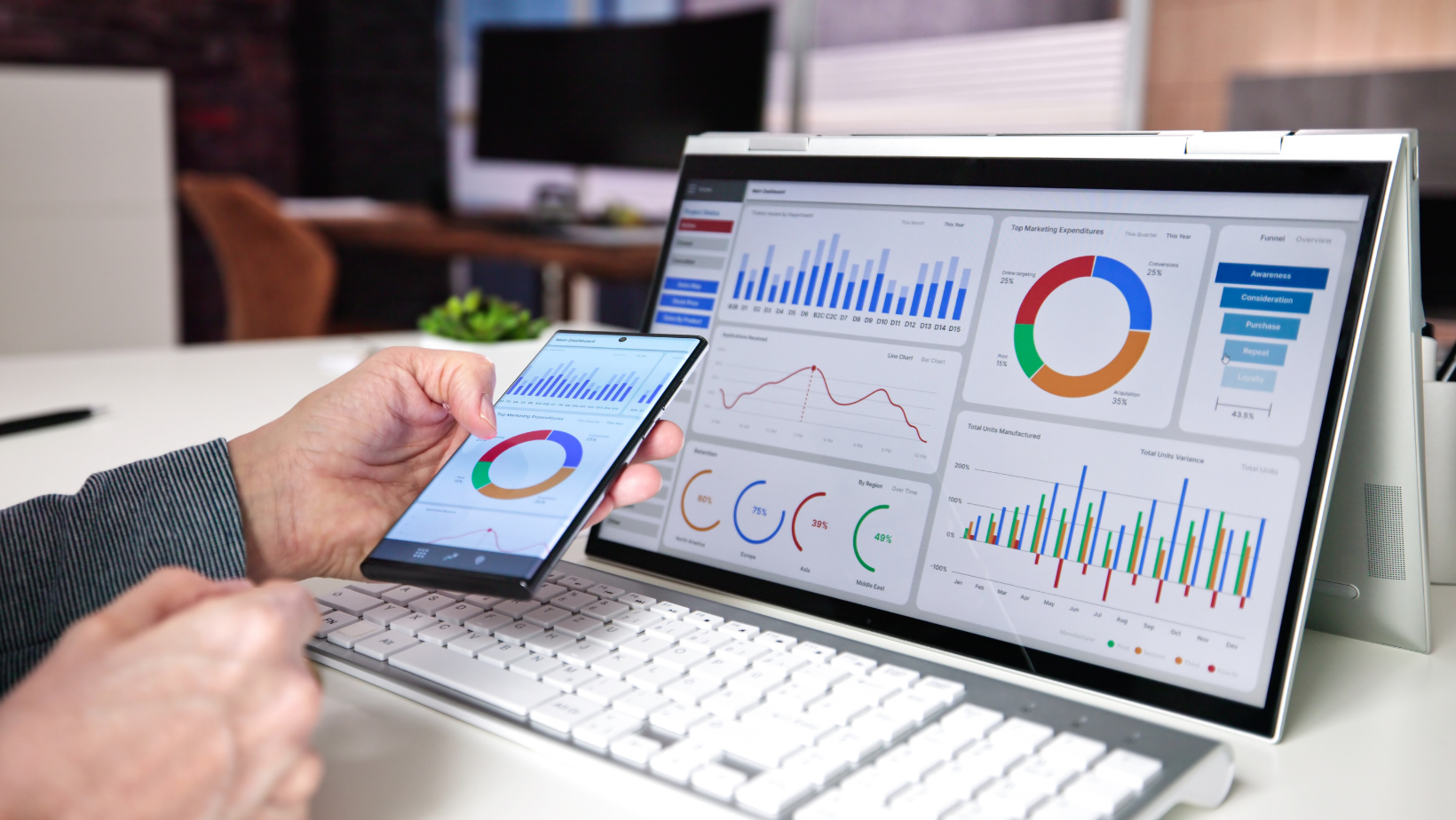Lead Scoring: The Most Promising Customers – AI Automation & Data Analytics Solutions

Picture this: Your sales team is drowning in a sea of leads, spending countless hours chasing prospects who will never convert. Meanwhile, your most valuable potential customers slip through the cracks, frustrated by slow response times. This scenario plays out daily across businesses worldwide, costing companies millions in lost revenue and wasted resources.
The solution? Intelligent lead scoring powered by modern AI and data analytics.
Understanding Modern Lead Scoring: Beyond Basic Demographics
Lead scoring has evolved far beyond simple point systems and gut feelings. Today’s approach leverages sophisticated data engineering platforms like Snowflake and Databricks to process vast amounts of customer interaction data in real-time.
At its core, lead scoring assigns values to prospects based on their likelihood to purchase. But here’s where it gets interesting: modern systems don’t just look at job titles or company size. They analyze hundreds of behavioral signals, from content consumption patterns to engagement velocity, creating a dynamic picture of buyer intent.
The Two Pillars: Fit and Engagement
Successful lead scoring balances two critical dimensions:
Profile Fit: Does this prospect match your ideal customer profile? This includes firmographic data, technology stack, budget indicators, and organizational structure.
Behavioral Engagement: How actively is this prospect engaging with your brand? This encompasses website visits, content downloads, email interactions, and demo requests.
By combining these dimensions, businesses create a multi-dimensional scoring model that accurately predicts conversion probability.
The Power of Predictive Analytics in Lead Qualification
Traditional rule-based scoring relies on static thresholds—download a whitepaper, get 10 points; attend a webinar, get 20 points. While straightforward, this approach misses crucial nuances in buyer behavior.
Predictive lead scoring harnesses machine learning algorithms to identify patterns humans might miss. These systems continuously learn from your historical conversion data, adjusting scores based on what actually drives sales, not what we assume does.
Real-World Impact
Consider a B2B software company we recently worked with. Their sales team was converting only 3% of marketing qualified leads. After implementing predictive scoring using advanced analytics tools, they discovered that prospects who viewed pricing pages after reading technical documentation were 5x more likely to purchase than those who followed the traditional nurture path.
This insight allowed them to restructure their sales approach, resulting in a 47% increase in conversion rates within three months.
Building Your Lead Scoring Framework: A Practical Approach
Creating an effective lead scoring system doesn’t require a complete overhaul of your existing processes. Here’s a pragmatic framework that delivers results:
Step 1: Analyze Your Current Conversion Patterns
Start by examining your existing customer base. What percentage of leads typically convert? What’s your average sales cycle? This baseline data forms the foundation of your scoring model.
Use your CRM and analytics platforms to identify conversion rates across different lead sources, industries, and engagement levels. This analysis reveals which factors genuinely influence purchasing decisions.
Step 2: Identify High-Value Customer Characteristics
Look beyond surface-level demographics. Analyze your most profitable customers to understand:
- Their typical challenges before purchasing
- Content they consumed during evaluation
- Number of stakeholders involved in decisions
- Timeline from first touch to purchase
- Post-purchase engagement and expansion patterns
Step 3: Assign Weighted Scores Based on Data
Not all actions carry equal weight. A prospect requesting a demo deserves more points than one who downloads a general industry report. Use statistical analysis to determine the correlation between specific actions and conversion likelihood.
Modern data platforms enable sophisticated scoring calculations that adjust weights dynamically based on industry, company size, and buying stage.
Step 4: Implement Continuous Optimization
Lead scoring isn’t a set-it-and-forget-it solution. Markets evolve, buyer behaviors shift, and your product offerings change. Establish regular review cycles to refine your scoring criteria based on actual outcomes.
Advanced Lead Scoring Models for Different Business Needs
Different businesses require different approaches to lead scoring. Here are proven models that address specific challenges:
Multi-Touch Attribution Scoring
This model tracks every interaction across the buyer journey, assigning credit to various touchpoints. It’s particularly effective for complex B2B sales with long cycles and multiple stakeholders.
By understanding which combinations of interactions lead to conversions, marketing teams can optimize their content strategy and sales can prioritize multi-engaged accounts.
Intent Data Integration
Combining first-party behavioral data with third-party intent signals creates a comprehensive view of buyer readiness. When prospects research your competitors or specific problem areas across the web, your scoring model captures these signals.
This approach helps identify prospects who are actively in-market but haven’t directly engaged with your brand yet.
Negative Scoring and Disqualification
Not every lead deserves pursuit. Negative scoring identifies poor-fit prospects early, preventing wasted resources on leads unlikely to convert.
Common negative indicators include:
- Free email domains for B2B products
- Geographic locations outside service areas
- Company sizes below minimum thresholds
- Lack of engagement over extended periods
Implementing Lead Scoring with Modern Technology Stack
Today’s lead scoring solutions integrate seamlessly with existing marketing and sales infrastructure. Here’s how to leverage technology effectively:
Data Integration and Warehousing
Centralize data from multiple sources—CRM, marketing automation, website analytics, and customer support systems—into a unified data warehouse. Platforms like Snowflake provide the scalability and performance needed for real-time scoring calculations.
AI-Powered Analytics
Machine learning models process historical data to identify conversion patterns. These models improve automatically as they process more data, becoming increasingly accurate over time.
AI agents can even suggest optimal follow-up actions for each lead, guiding sales representatives toward the most effective engagement strategies.
Automation and Workflow Integration
Connect scoring systems directly to sales and marketing workflows. High-scoring leads trigger immediate sales alerts, while lower scores initiate appropriate nurture campaigns.
This automation ensures no hot lead goes cold while maintaining efficient resource allocation.
Measuring Success: Key Performance Indicators
Track these metrics to ensure your lead scoring delivers tangible business value:
Lead Velocity Rate: How quickly are qualified leads moving through your pipeline?
Sales Acceptance Rate: What percentage of marketing qualified leads do sales teams actually pursue?
Conversion Rate by Score Range: Are higher-scoring leads converting at expected rates?
Time to Revenue: Has lead scoring shortened your sales cycle?
Customer Lifetime Value by Score: Do higher-scoring leads become more valuable customers?
Common Pitfalls and How to Avoid Them
Even well-intentioned lead scoring initiatives can fail. Here are critical mistakes to avoid:
Over-Complexity
Starting with hundreds of scoring criteria creates confusion and maintenance nightmares. Begin with 10-15 key indicators and expand gradually as you validate their effectiveness.
Ignoring Sales Feedback
Sales teams interact directly with leads and understand quality firsthand. Regular feedback loops ensure scoring models reflect real-world experience, not theoretical assumptions.
Static Scoring Models
Markets change, competitors emerge, and buyer preferences evolve. Review and adjust scoring criteria quarterly to maintain relevance and accuracy.
Focusing Solely on Demographics
A Fortune 500 CEO who never engages is less valuable than an engaged mid-market manager. Balance firmographic data with behavioral indicators for accurate scoring.
The Future of Lead Scoring: What’s Next
Lead scoring continues evolving with advances in AI and data analytics. Emerging trends include:
Real-Time Scoring Adjustments: Models that update scores instantly based on micro-behaviors and external market signals.
Cross-Channel Integration: Unified scoring across all digital touchpoints, including social media, chat, and voice interactions.
Predictive Churn Integration: Scoring models that identify not just conversion likelihood but also long-term retention probability.
Taking Action: Your Next Steps
Implementing effective lead scoring doesn’t require massive upfront investment or complete process overhaul. Start with these practical steps:
1. Audit your current lead data quality and completeness
2. Identify your top 20% of customers and analyze their common characteristics
3. Implement basic behavioral tracking if not already in place
4. Create a simple scoring model with 5-10 key criteria
5. Test the model with historical data to validate accuracy
6. Roll out gradually, starting with one sales team or product line
7. Gather feedback and refine based on real results
Lead scoring transforms random prospecting into strategic customer acquisition. By leveraging data analytics, AI automation, and proven frameworks, businesses can dramatically improve sales efficiency and revenue growth.
The key is starting with a solid foundation, maintaining focus on practical implementation, and continuously optimizing based on real-world results. With the right approach and technology partners, any business can build a lead scoring system that drives measurable improvements in sales performance and customer acquisition costs.
Ready to revolutionize your lead management? Blue Orange Digital specializes in implementing practical, results-driven lead scoring solutions that integrate seamlessly with your existing technology stack. Our expertise in AI automation, data engineering, and customer analytics ensures your lead scoring system delivers immediate value while scaling with your business growth.


